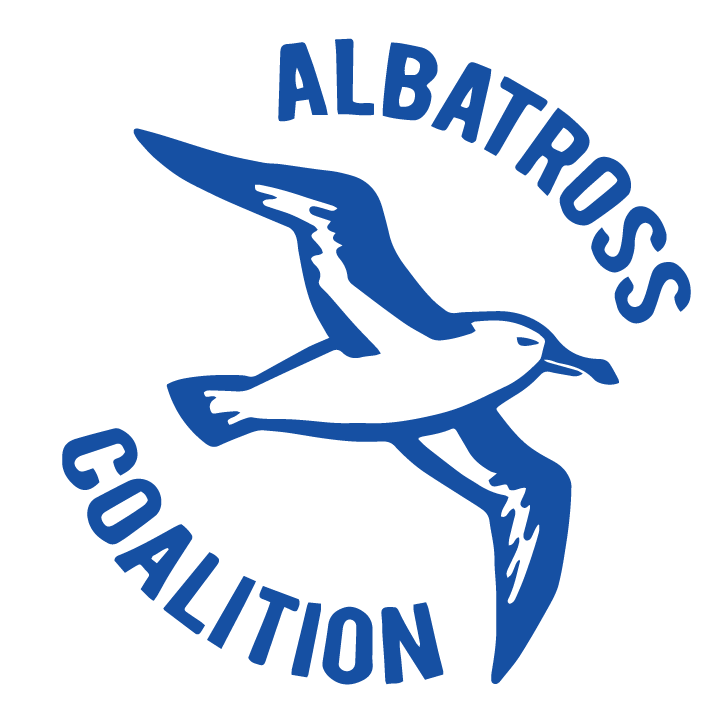Legislation
STAC has been at the forefront of California’s legislative efforts to address plastic pollution in our oceans for over a decade. Our advocacy has focused primarily on single-use plastic packaging and the persistent problem of bottle caps and small plastic pieces that consistently rank among the top items found polluting California beaches and killing marine wildlife.
This legislative journey reflects both significant victories and ongoing challenges. While early efforts to require “tethered” bottle caps faced industry opposition and failed to advance, STAC’s broader advocacy contributed to landmark comprehensive plastic pollution legislation. Today, California leads the nation with the most ambitious packaging waste reduction law in the United States, while the specific battle for connected bottle caps continues with renewed momentum following successful implementation in the European Union.
Current Law in California
SB 54: California’s Plastic Pollution Prevention Act (ENACTED 2022)
Governor Gavin Newsom signed SB 54 into law on June 30, 2022, creating the most comprehensive extended producer responsibility program for packaging in the United States.
Key Requirements by 2032:
- 65% of single-use plastic packaging and food ware must be recycled in California
- 25% reduction in plastic by weight sold or distributed
- 100% of packaging and single-use plastic food ware must be compostable or recyclable
Implementation Timeline:
- 2025: CalRecycle adopts regulations and submits first biennial progress report
- 2028: 30% recycling rate required for single-use plastic packaging
- 2030: 40% recycling rate required
- 2032: Final targets achieved
Current Status: As of January 1, 2025, expanded polystyrene (EPS) food service ware is prohibited from sale in California after failing to meet required recycling rates.
Historical “Connect the Cap” Legislation
AB 319 (2017) – Tethered Bottle Caps
Sponsor: Assembly Member Mark Stone
Goal: Require tethered caps on all plastic beverage containers by 2020
Outcome: Failed to advance – “The bill was not brought up for a vote on the Assembly floor and is no longer an active bill”
Context: AB 319 was reintroduced in February 2018 as AB 2779, which also failed to advance. The legislation faced opposition from the California Chamber of Commerce and business groups citing technology and cost concerns.
AB 925 (2009) – Leash Your Lid
Goal: Require caps attached to bottles by 2012
Outcome: Failed to become law
Historical Impact: These early efforts laid groundwork for current advocacy, with bottle caps remaining “one of the top three items found in every large-scale beach clean-up in California”.
Current Legislative Efforts (2025)
SB 45 – Tethered Bottle Caps (2025)
Sponsors: Senators Steve Padilla and Catherine Blakespear
Timeline: Would require plastic beverage containers under 3 liters to have tethered caps by 2027
Current Status: Stalled at the halfway point – “was held in committee and did not advance to the Assembly” after the June 6, 2025 deadline.
International Context: Mirrors European Union law requiring tethered caps, which took effect in July 2024.
Industry Adaptation: California-based CG Roxane (Crystal Geyser) has already launched tethered caps on its 8-ounce bottles.
The Ongoing Challenge
By the Numbers:
- Californians consume 11.5 billion plastic bottles annually
- Over 5 billion plastic caps enter California’s environment yearly
- Bottle caps have been the third most common litter item on California beaches since 1988
Wildlife Impact: Plastic caps are “mistaken for food by sea turtles, seabirds, whales, dolphins, seals, sea lions and other creatures, causing terrible harm in the form of internal injuries, starvation, and toxic poisoning”
Recycling Challenge: Caps, given their small design, often slip through recycling systems and end up as waste
Global Progress
European Union Success: EU’s tethered cap policy shows promising results including 5% annual reduction in plastic leakage into oceans and 20% lighter bottles
Industry Readiness: Major beverage brands including Coca-Cola, PepsiCo, and Nestlé have already adapted to EU requirements with lighter, consumer-friendly cap designs
Moving Forward
While SB 45 faced setbacks in 2025, California’s legislative momentum on plastic pollution continues to build. The successful implementation of SB 54 demonstrates that comprehensive environmental legislation can become reality through persistent advocacy and stakeholder collaboration. With the European Union’s tethered cap policy showing measurable environmental benefits and major beverage companies already adapting their technology, the foundation is set for California’s next legislative session. STAC remains committed to working with lawmakers, industry partners, and environmental allies to advance smart, science-based solutions that protect our marine ecosystems while supporting practical implementation timelines. Every legislative session brings new opportunities to build on our progress. Every bottle cap that stays connected to its container is a life saved in our oceans.
Resources
Legislative Documents
- SB 54 Full Text – Current California law
- SB 45 Full Text – 2025 tethered cap bill
- AB 319 Full Text – 2017 historical attempt
Implementation & Analysis
- CalRecycle SB 54 Information – Official implementation details
- Californians Against Waste Analysis – Current advocacy efforts
